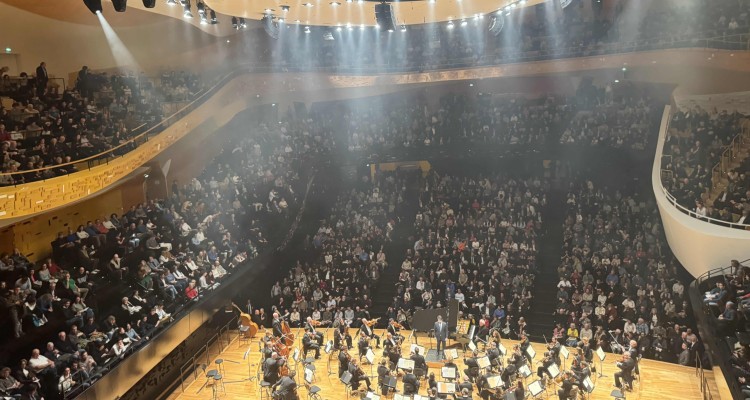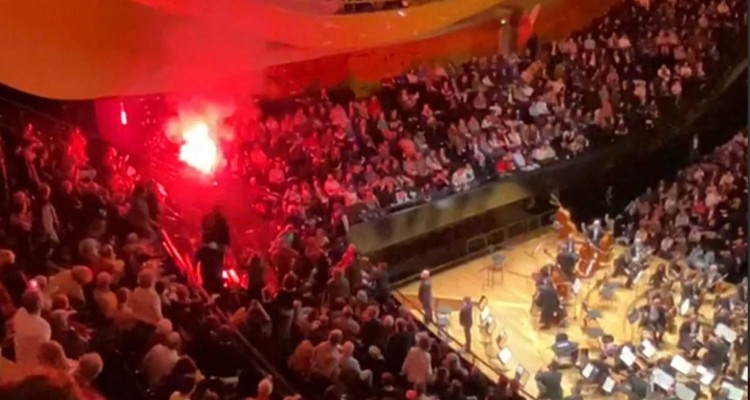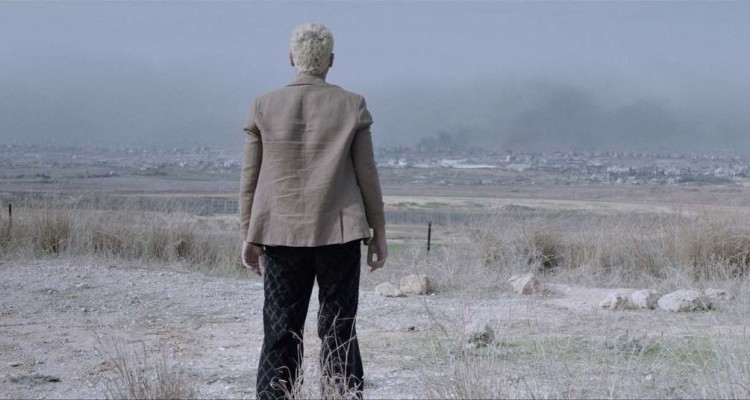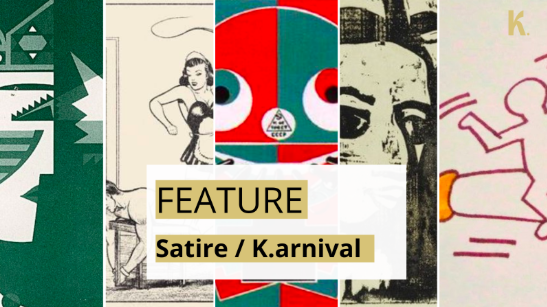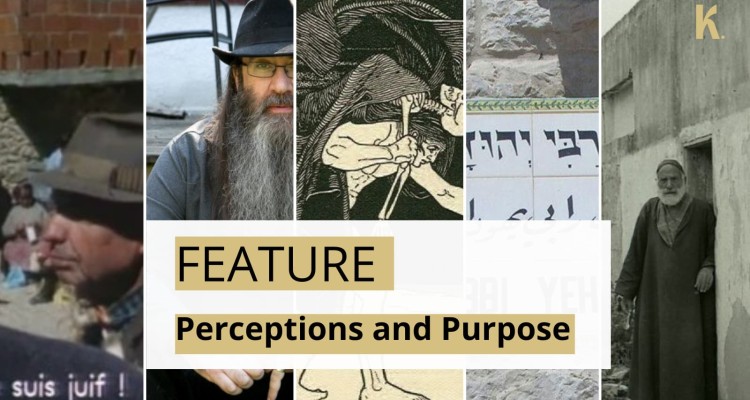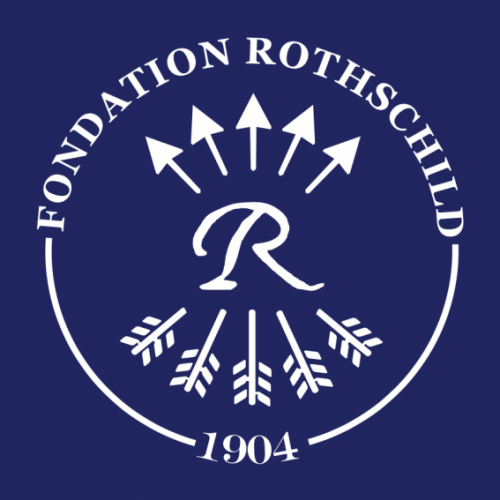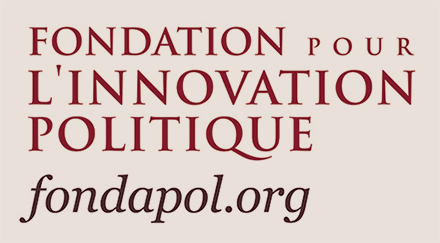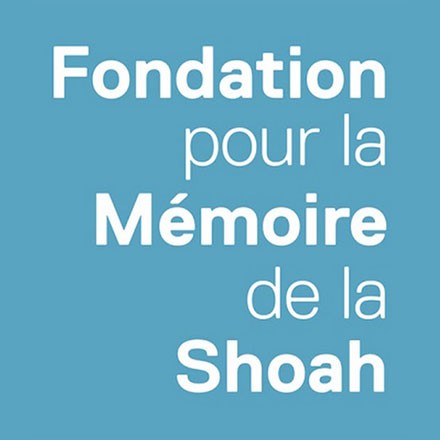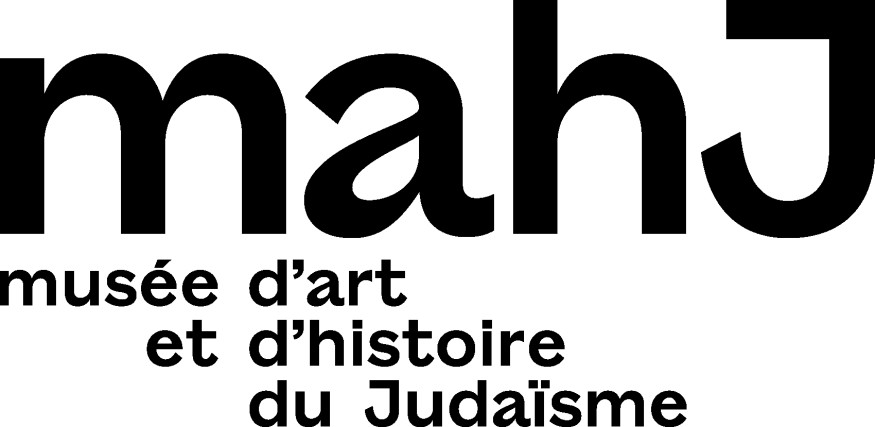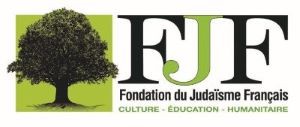Culture
In Switzerland, two villages that are now almost empty of Jews preserve traces of a long-forgotten history: for centuries, Endingen and Lengnau were the only places where Jews were allowed to live in Switzerland. Synagogues in the center of the village, houses with double doors, mikvahs, a communal cemetery: a world of fragile balances and forced coexistence. Journalist Evelyne Dreyfus and photographer Eric Beracassat returned to these lands where, in the past, it was the synagogue that told the time—and where the memory of an almost erased community still lives on in the stones and in the names.
Following André Markowicz’s article published last week on the Israel Philharmonic Orchestra’s concert at the Philharmonie de Paris, we received this first-hand account from a member of the audience. He recounts, from his seat, the music and the emotions of that evening on November 6, 2025: drones flying over the building, interruptions, smoke bombs, the Israeli national anthem as an encore. Through Beethoven and Tchaikovsky, this account questions what a concert can achieve when current events intrude on the very heart of the listening experience.
This text, originally published by André Markowicz on his Facebook page, looks back at the violent interruptions that occurred on Thursday, November 6, during the Israel Philharmonic Orchestra’s concert at the Paris Philharmonic. Markowicz questions the political logic behind these actions and shows how, behind the slogan of boycott, criticism of a state can sometimes shift to the designation of a people “as one entity”.
Yes by Nadav Lapid electrified Cannes and French critics. Hailed as both a political pamphlet and a cathartic confession, the film nevertheless raises a question: what exactly are we applauding in this work that is considered radical? Behind the cinematic object, it is the discourse of the media-savvy Israeli director—sometimes embracing the role of deconstructed sabra, sometimes that of prophet of doom or visionary poet—that fascinates French critics.
Throughout the summer, K. has brought you a weekly feature compiling five articles previously published in the magazine. To conclude this series and mark the start of the new season, we bring you some of the great interviews featured in the magazine this year: with David Nirenberg, Anna Zawadzka, Ruth Beckermann, Daniel Cohn-Bendit and Steven J. Zipperstein.
This summer, K. invites you to rediscover, in each of its weekly issues, a feature consisting of five articles previously published in the magazine. This week with articles by Valeria Solanstein,…
This summer, K. invites you to rediscover, in each of its weekly issues, a feature consisting of five articles previously published in the magazine. This week with five pieces by…
This summer, K. invites you to rediscover, in each of its weekly issues, a feature comprising five previously published articles from the magazine. This week, we have put together a…
Danny Trom’s article “Holy Week on Xanax” sparked numerous reactions. Among the letters, some more constructive than others, one stood out: the response from anthropologist and historian Leopoldo Iribarren, which the editorial staff of K. unanimously decided to publish. Danny Trom, having come to his senses but far from repenting, responds to his colleague’s friendly challenge.
Join us
With the support of:
Thanks to the Paris office of the Heinrich Böll Foundation for their cooperation in the design of the magazine’s website.

